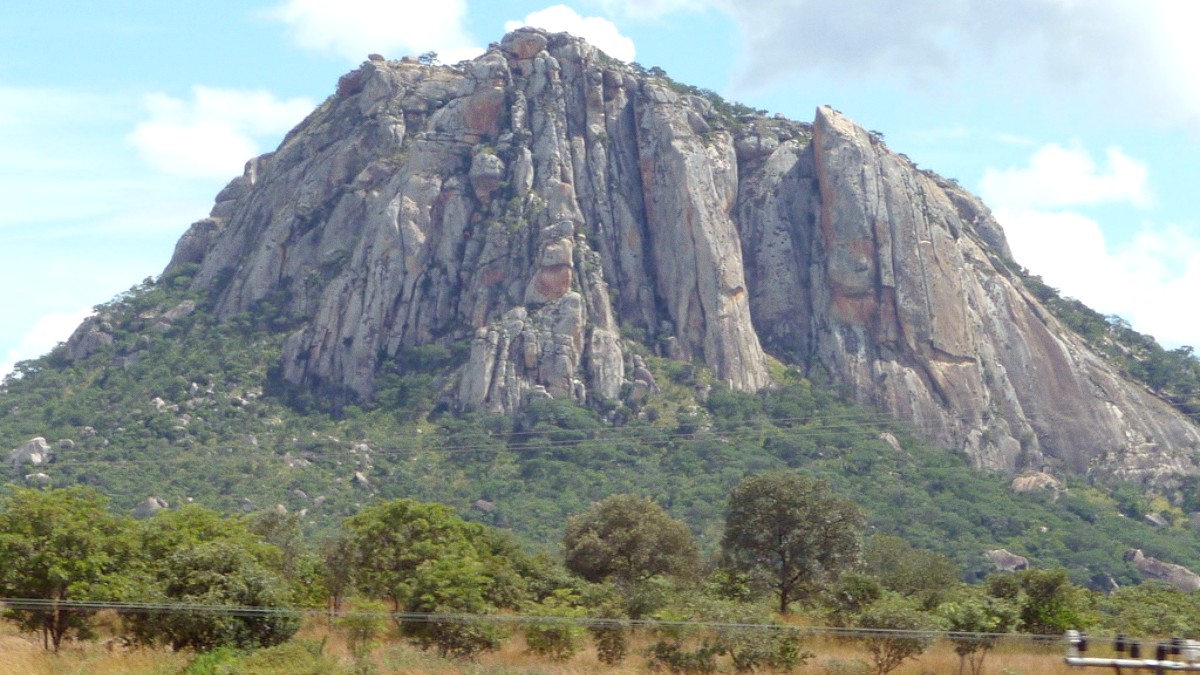
Zimbabwe
Bulawayo is a testament to resilience and cultural pride. It functions as a relaxed urban hub, a place for easy connection with local life, savoring authentic flavors, and preparing for adventures into the wild. Many visitors make Bulawayo their base for exploring the Matobo Hills, a region of granite kopjes and ancient rock art, home to an array of wildlife, including the rare rhino. Others find themselves drawn to the city's museums, which tell stories of Zimbabwe's natural and historical past.
This guide illuminates Bulawayo's attractions. It offers practical advice for navigating the city and its surroundings, guaranteeing a rewarding trip. You can walk through the city's grid-patterned streets, designed with a vision for future growth, or explore the bustling markets. The city's relaxed pace facilitates genuine interaction with its welcoming residents, providing a clear picture of Zimbabwean life. Bulawayo promises an authentic African adventure, blending urban exploration with natural beauty and deep cultural connections.
Experience the local warmth and hospitality. Bulawayo avoids the frenetic pace of larger African capitals, delivering a more serene yet equally enriching experience. It presents an opportunity to see Zimbabwe through an unique lens, a blend of historical depth, natural grandeur, and human spirit. This city truly serves as a gateway to some of Southern Africa's most compelling experiences.
Bulawayo sits in the southwestern part of Zimbabwe, serving as the provincial capital of Matabeleland North. It occupies a relatively flat plateau at an altitude of approximately 1,350 meters (4,430 feet) above sea level. The city's location places it at a crossroads, connecting the country's central and southern regions with Botswana and South Africa. This strategic position fueled its historical development as a trade and railway hub.
The landscape surrounding Bulawayo features rolling plains dotted with scattered granite outcrops, known as kopjes. These geological formations become increasingly prominent as you travel south towards the Matobo Hills, an UNESCO World Heritage site, approximately 35 kilometers (22 miles) from the city center. The semi-arid climate influences the vegetation, characterized by thorny bushveld, acacia trees, and grasslands. Bulawayo's grid-like street layout, designed by Cecil Rhodes in the late 19th century, marks a prominent urban feature. The wide streets and avenues contribute to a spacious urban feel.
UNESCO World Heritage site, 35 km (22 miles) south, known for granite formations, ancient rock art, and wildlife.
City's location presents transport links to these neighboring countries.
Accessible from Bulawayo, located to the northwest.
Accessible from Bulawayo, located to the east.
Region's dams supply the city, reflecting water management.
The city's geographical position presents a natural advantage for travelers. It acts as a convenient base for exploring both the cultural attractions within the city limits and the striking natural beauty of Matabeleland. You readily access the Matobo Hills National Park for wildlife viewing and historical site visits.
The main water source comes from several dams in the surrounding region, underscoring water management in this semi-arid environment. The city’s planned growth and its historical importance as a colonial administrative and industrial center are clear.
The routes from Bulawayo branch out to other major Zimbabwean destinations like Victoria Falls to the northwest and the Great Zimbabwe Ruins to the east, making it a logical starting or connecting point for wider regional travel.
Note: The city's design, with wide streets, intended to accommodate the turning of a full span of oxen.
Bulawayo, often called the "City of Kings" or "Kontuthu Ziyathunqa" (the place of smoke, referring to its industrial past), offers travelers a relaxed introduction to Zimbabwe. It serves as a hub of culture and history, granting direct access to natural wonders. This quick overview captures the essence of what makes Bulawayo a compelling destination.
Its combination of historical depth, cultural vibrancy, and proximity to natural wonders guarantees a rewarding experience for any traveler.
Southwestern Zimbabwe, Matabeleland North province.
Central Africa Time (CAT), UTC+2.
Zimbabwe Gold (ZiG). US Dollar widely accepted and preferred for tourist transactions.
Natural History Museum of Zimbabwe, Zimbabwe National Railway Museum, National Gallery of Zimbabwe in Bulawayo, Khami Ruins National Monument, Matobo Hills National Park.